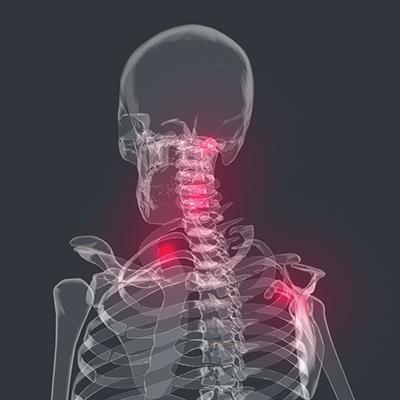
Use of active transcutaneous electrical nerve stimulation (TENS) in fibromyalgia (FM) patients receiving treatment results in a favourable reduction in movement-evoked pain, according to the results of a trial.
The trial randomized female FM patients receiving steady medication to active TENS (n=103), placebo TENS (n=99) or no TENS (n=99). TENS was applied to the lumbar and cervicothoracic regions using a modulated frequency (2–125Hz) at the highest tolerable intensity, with patients instructed to use it at home 2h/day during activity for 4 weeks.
Movement‐evoked pain (primary outcome) and fatigue were rated on an 11‐point scale before and during application of TENS.
After 4 weeks, movement-evoked pain decreased significantly with active TENS vs placebo TENS (mean difference, –1.0, 95 percent confidence interval [CI], –1.8 to –0.2; p=0.008) and no TENS (mean difference, –1.8, 95 percent CI, –2.6 to –1.0; p<0.0001). The same was observed for fatigue (mean difference, –1.4, 95 percent CI, –2.4 to –0.4; p=0.001 and mean difference, –1.9, 95 percent CI, –2.9 to –0.9; p=0.0001, respectively).
Significantly more patients in the active‐TENS group reported improvement in the global impression of change than in the placebo‐TENS and no-TENS groups (70 percent vs 31 percent and 9 percent, respectively; p-both<0.0001).
There were no reports of TENS‐related serious adverse events, with <5 percent of the overall population experiencing minor adverse events with TENS.
Additional investigation is warranted to examine effectiveness in a real world, pragmatic setting to establish clinical importance of the present data, according to researchers.